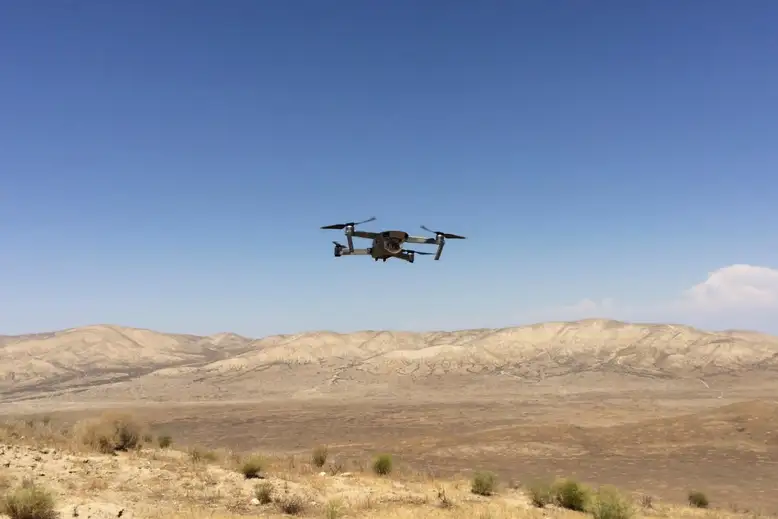WEB DESK, June 22(ABC): The US is hoping to combat the growing criminal use of drones with new rules that will allow local law enforcement agencies and other organisations to have counter-drone systems.
At present, legal restrictions in the US hamper efforts to tackle such activity. The Federal Aviation Administration bans anyone from interfering with an aircraft in flight, including drones, while the Federal Communications Commission forbids jamming radio signals, a common anti-drone technique. Only a few federal agencies are permitted to shoot down drones in extreme circumstances, such as threats to critical infrastructure.
US police agencies have been clamouring for counter-drone systems in the face of increasing criminal and careless use of drones. Drones are routinely used to smuggle drugs over the Mexican border and into prisons, and have interrupted airport operations on numerous occasions. Swarms of drones have intruded over US nuclear power plants and sites believed to house nuclear weapons.
On 25 April, the White House announced its Domestic Counter-Unmanned Aircraft Systems National Action Plan, which will expand the authority of various agencies including the Department of Homeland Security, and will set up a pilot counter-drone programme for local law enforcement agencies. It will also allow critical infrastructure operators to purchase counter-drone systems.
These systems will probably include rifle-like radio-frequency jammers which block communication between a drone and its operator. These have a longer range and are safer than using guns to down a drone in populated areas. However, the new US legislation may not provide enough power quickly enough to deal with a rapidly growing threat. Terrorists, insurgents and drug cartels have been making increased use of commercial drones armed with improvised explosives since 2015.
The change will bring the US into line with the UK and European Union, where police forces and prison authorities already have the legal power to tackle criminal drones, though generally lack suitable equipment. An EU project to develop the capability to detect and combat undesirable drones should conclude in 2023, but it will take some time for member states to acquire and deploy the recommended sensing and jamming hardware.
“The creation of a nationwide strategy [in the US] is a good development and the plans offer some positive changes, especially around airport protection,” says Zak Kallenborn at the National Consortium for the Study of Terrorism and Responses to Terrorism in Maryland. But he fears that the limited pilot scheme will mean that many local law enforcement agencies will still struggle to tackle criminal drones.

























